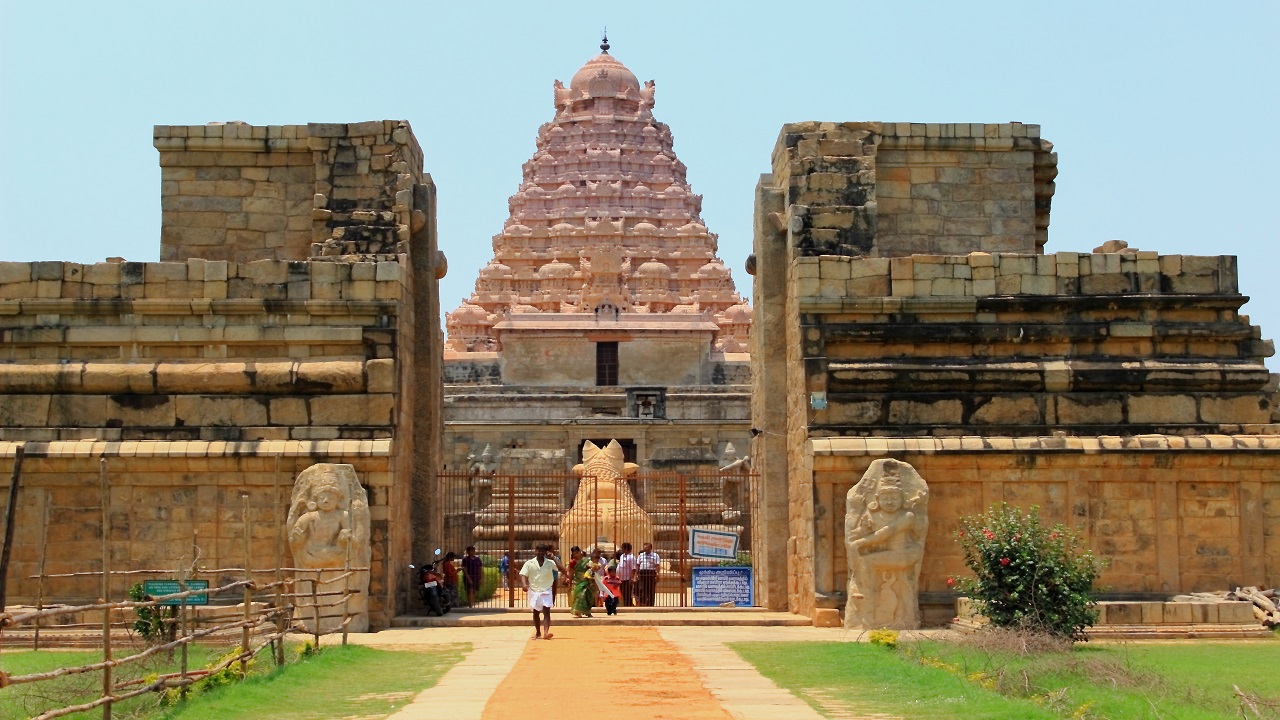Chola Dynasty: Maritime Might and Cultural Majesty
Context:
During the birth anniversary celebrations of Rajendra Chola I at Gangaikonda Cholapuram, the Prime Minister emphasized the Chola dynasty’s legacy in strengthening India’s maritime power, grassroots democracy, and cultural unity. He also announced the installation of statues of Rajendra and Rajaraja Chola, and released a commemorative coin.
Introduction:
The Chola dynasty, one of the longest-ruling empires in South India, flourished from the 9th to 13th centuries CE. Known for their administrative acumen, naval expansion, and cultural patronage, the Cholas left a lasting imprint across South India, Sri Lanka, and parts of Southeast Asia.
Key Contributions of the Cholas
Administrative and Political Legacy
-
Introduced the Kudavolai system, a palm-leaf-based electoral method in villages
-
Developed a decentralised administrative structure through village assemblies like Ur, Sabha, and Nagaram
-
Maintained detailed revenue records, conducted land surveys, and operated a hierarchical bureaucracy
Economic and Trade Advancements
-
Promoted maritime trade with Southeast Asia, China, and Arab regions via ports like Poompuhar and Nagapattinam
-
Encouraged merchant guilds such as Manigramam and Ayyavole 500 for international commerce
-
Built large-scale irrigation tanks and canals, ensuring agricultural prosperity
Foreign Policy and Naval Dominance
-
Rajendra Chola I led expeditions across the Bay of Bengal to Sri Lanka, Maldives, and Srivijaya (Sumatra)
-
Maintained diplomatic ties with China; Song dynasty records mention Chola envoys
-
Spread cultural influence via temple-building traditions in regions like Angkor Wat and Borobudur
Cultural and Religious Influence
-
Supported Shaivism and Vaishnavism, ensuring religious harmony
-
Temples served as educational, judicial, and economic centres
-
Patronised literary figures like Kamban, Jayamkondar, and Sekkizhar
-
Perfected Dravidian temple architecture and lost-wax bronze casting
-
Iconic monuments include Brihadisvara Temple and Gangaikonda Cholapuram
Decline of the Cholas
-
After the 13th century, weakened due to internal strife, rise of the Pandyas, and invasions by the Delhi Sultanate
-
Remaining territories were later absorbed by the Vijayanagara Empire
Modern Relevance
-
The village panchayat model reflects the Chola approach to local governance
-
Their naval vision resonates with India’s Blue Economy strategy
-
Chola links with Southeast Asia strengthen India's Act East outlook
-
Temples like Brihadisvara are now UNESCO World Heritage Sites
-
Their legacy fosters cultural pride and reinforces national unity
Conclusion:
The Chola dynasty symbolises a golden era of strategic governance, cultural diplomacy, and maritime strength. Their historical legacy offers valuable insights for integrating heritage with modern state-building and development.




Comments (0)